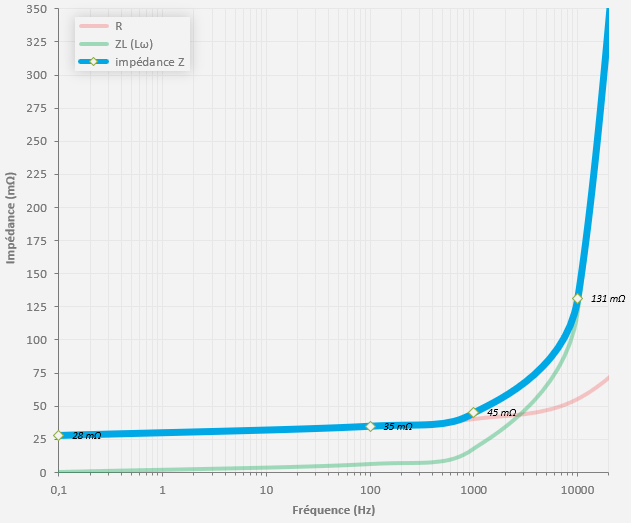The cable is the interface that electrically connects the amplifier to the loudspeaker, the role of the cable is simply to transport the music signal (electrical voltage) modulated by the amplifier.
Easy to implement
By their design, Recital loudspeakers are perfectly neutral, balanced and have no sound coloration. Therefore, to take full benefit of these advantages without compromising the original neutrality of the speakers, we recommend to use good quality cables with low resistivity.
The Recital loudspeakers, designed and optimised for simple single-wire connection, all have a pair of terminals that can take standard 4mm diameter forks or banana plugs. For optimal speaker operation, the cables must be correctly sized, have a suitable cross-section for the length, and simply have effective and durable connections.
![Câble-hifi-enceintes-acoustiques1[1]](https://www.recital-audio.com/wp-content/uploads/2020/07/Câble-hifi-enceintes-acoustiques11.jpg)
Cable’s choice
The size of a cable is determined by its length and certain characteristics of your loudspeaker, namely the power ratings (nominal and peak) and the impedance curve “seen” by the cable. The table below shows the minimum recommended copper cross-sections according to the length of the cables and your loudspeakers; Mutine EX, Define, Illumine, Recital Icone or Recital Air.
| CABLE LENGTH AND CROSS-SECTION | MUTINE EX | DEFINE | ILLUMINE | RECITAL ICONE | RECITAL AIR |
|---|---|---|---|---|---|
| LENGTH ≤1.5M | 0.5mm² | 0.5mm² | 0.8mm² | 0.7mm² | 0.7mm² |
| 1.5M < LENGHT ≤ 2.5M | 0.8mm² | 0.9mm² | 1.3mm² | 1.0mm² | 1.0mm² |
| 2.5M < LENGTH ≤ 3.5M | 1.1mm² | 1.2mm² | 1.8mm² | 1.4mm² | 1.4mm² |
| 3.5M < LENGTH ≤ 4.5M | 1.4mm² | 1.5mm² | 2.3mm² | 1.8mm² | 1.8mm² |
| LENGTH > 4.5M | ask us | ask us | ask us | ask us | ask us |
These dimensions will allow your Recital loudspeakers to reproduce all their dynamics as well as their original tonal balance at +/- 0.075dB over the entire bandwidth. In practice, simply choose a standard cross-section (1mm², 1.5mm², 2.5mm², 4mm²) at least greater than that recommended in the table above.
What impact do the cables have ?
In practice, a loudspeaker cable is mainly characterised by its impedance Z. This physical quantity is the sum (in complex numbers) of two components: a resistivity R and an inductive impedance ZL. These two components evolve as a function of the frequency due to various simple physical mechanisms, such as the skin effect for the resistivity, or the inductance for the inductive impedance.
Here is the Z impedance curve, as well as the R and ZL components of a standard cable; length 2.5 metres, copper section 4mm². Even if the curves change, this has very little impact on the behaviour of your loudspeakers because in the low frequencies, the impedance of the cable is completely negligible, and the increase in impedance in the high frequencies is absorbed thanks to the factthat it is taken into account during the acoustic tuning of your loudspeakers



